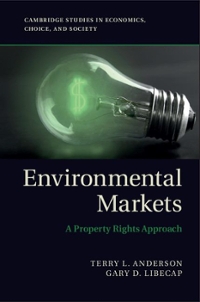Question
5. The absence of control over price by firms in perfectly competitive markets is a. an assumption of the market structure. b. a consequence of
5. The absence of control over price by firms in perfectly competitive markets is
a. an assumption of the market structure.
b. a consequence of the assumption of easy entry and exit.
c. a consequence of the presence of a large number of firms producing homogeneous goods.
d. a consequence of the assumption of perfect information.
e. none of the above.
6. The perfectly competitive firm is better off producing in the short run than not producing so long as there is an output rate at which
a. average fixed costs are less than the loss per unit of production.
b. price equals marginal cost.
c. marginal revenue exceeds average variable costs.
d. total revenue can be increased.
e. profits are never allowed to become negative.
7. In general, a perfectly competitive firm's short-run supply curve is the rising portion of the
a. marginal cost curve.
b. average variable cost curve.
c. average total cost curve.
d. marginal cost curve above the minimum point of the average variable cost curve.
e. marginal cost curve above the minimum point of the average total cost curve.
8. A perfectly competitive market will reach equilibrium when all firms have set their
a. prices equal to their marginal costs.
b. output levels to where marginal cost equals market price.
c. prices equal to the market price.
d. output equal to where average cost equals marginal cost.
e. none of the above.
9. If the supply curve slopes upward to the right and the demand curve slopes downward to the right, an increase in demand will do which of the following in the short run?
a. Increase the number of firms in the industry.
b. Increase input prices.
c. Increase equilibrium price and decrease equilibrium quantity.
d. Decrease equilibrium price and decrease equilibrium quantity.
e. Increase equilibrium price and quantity.
10. A firm earning a normal profit
a. should discontinue production.
b. is making less than it could make with its resources in other industries.
c. is covering all its variable costs but none of its fixed costs.
d. is covering all its fixed costs but none of its variable costs.
e. is making no more than it could make with its resources in other industries.
Step by Step Solution
There are 3 Steps involved in it
Step: 1

Get Instant Access to Expert-Tailored Solutions
See step-by-step solutions with expert insights and AI powered tools for academic success
Step: 2

Step: 3

Ace Your Homework with AI
Get the answers you need in no time with our AI-driven, step-by-step assistance
Get Started


